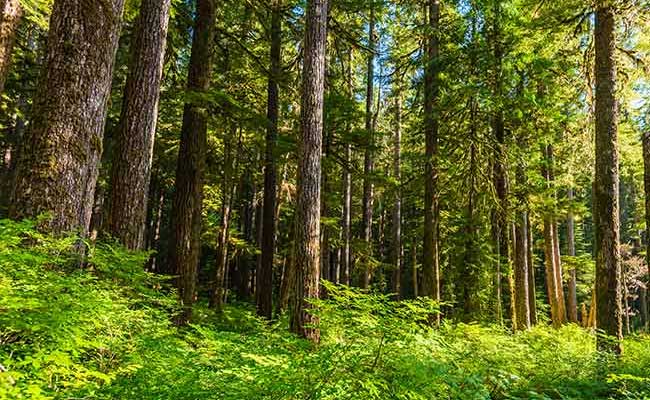Exploring the Influence of Geographical Environment on Human Life
The geographical environment plays a crucial role in shaping human life. From the physical terrain to the climate and natural resources, the environment we live in has a significant impact on everything from our cultural traditions to our daily habits. In this article, we will explore the ways in which the geographical environment influences human life, and the importance of understanding this relationship in order to build sustainable and resilient communities.
The Physical Terrain
The physical terrain of an area has a major impact on human life. Mountains, rivers, and valleys can all influence how humans live and work. For example, communities located in mountainous regions may have developed unique ways of farming or transportation due to the rugged terrain. Similarly, communities located along rivers may have developed water-based economies or transportation systems.
The physical terrain can also have an impact on the types of natural disasters that occur in an area. Communities located in earthquake-prone areas, for example, may have developed building techniques and emergency response systems that are tailored to the specific risks posed by earthquakes.
The Climate
The climate is another important factor that influences human life. Extreme temperatures, rainfall patterns, and other weather phenomena can impact everything from agriculture to human health. For example, communities located in areas with high levels of rainfall may be more prone to flooding and erosion, while communities located in areas with extreme temperatures may face challenges related to water scarcity and crop production.
Climate change is also having a significant impact on human life, particularly in areas that are particularly vulnerable to rising sea levels, extreme weather events, and other climate-related risks. Understanding the relationship between climate and human life is crucial in developing strategies for mitigating and adapting to the effects of climate change.
Natural Resources
The availability of natural resources can also impact human life. Areas with rich natural resources may experience economic booms and attract large populations, while areas with limited resources may experience economic hardship and population decline. The exploitation of natural resources can also have negative environmental impacts, such as deforestation and water pollution.
It is important for communities to develop sustainable practices for managing natural resources in order to ensure long-term economic and environmental stability.
Cultural Traditions
The geographical environment can also influence cultural traditions and practices. For example, communities located in desert regions may have developed unique ways of conserving water and adapting to the arid environment. Similarly, communities located in coastal regions may have developed fishing traditions and seafood-based cuisine.
Preserving and promoting cultural traditions is important for maintaining diversity and ensuring that traditional knowledge is passed down to future generations. Understanding the relationship between cultural traditions and the geographical environment is crucial in developing strategies for preserving these traditions in the face of environmental and social change.
Building Sustainable and Resilient Communities
Understanding the relationship between the geographical environment and human life is crucial in building sustainable and resilient communities. By developing a deep understanding of the physical terrain, climate, natural resources, and cultural traditions of an area, communities can develop strategies for managing resources, mitigating risks, and adapting to change.
One key aspect of building sustainable and resilient communities is ensuring that all members of the community have a voice in decision-making processes. This means engaging with community members and incorporating their perspectives and needs into planning processes. It also means developing strategies for addressing social and economic inequalities that may be exacerbated by environmental change.
Conclusion
The geographical environment plays a critical role in shaping human life. From the physical terrain to the climate and natural resources, the environment we live in has a significant impact on everything from our cultural traditions to our daily habits. Understanding the relationship between the environment and human life is crucial in building sustainable and resilient communities that can thrive in the face of environmental and social change.
![]()





